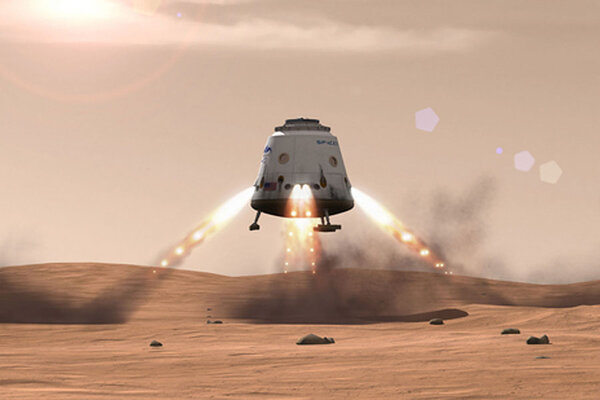
Attacking Mars...
JFK said, in 1962: “We choose to go to the moon in this decade and do the other things, not because they are easy, but because they are hard, because that goal will serve to organize and measure the best of our energies and skills, because that challenge is one that we are willing to accept, one we are unwilling to postpone, and one which we intend to win.”
In
1969, Neil Armstrong of the Apollo 11 space mission walked on the Moon. It was
the outcome of a decade of scientific research and the realization of Kennedy’s
dream. But it also put an end to the space race, which brought into competition
the United States and the USSR for ten years during the Cold War. It’s mostly
because of the space race that Americans did the impossible in only nine years.
After this major event, NASA became the first space institution in the world,
the emblem of the conquest of space and scientific ambition. So,
logically, after the moon, Mars became the next goal…
But,
though NASA wants to pursue its objectives, they are dependent on government
money, and the interest for space has really waned since Apollo 11. Mars
was put on standby by NASA.
But, for
the last 5 years, with investments from private companies, the project is back
in vogue. In 2015, NASA announced the creation of the JOURNEY TO MARS to
pioneer the next steps in space exploration. They have presented to the world
the scientist impact of such a journey.
But, the journey is difficult: 500 million kilometres
between the Earth and Mars, a 520-day round trip. A Russian mission has
simulated 500 days in confinement in a space craft for six people called ‘Mars
500’ to see how the crew reacted to a such long period alone; the results were encouraging. Another difficulty is communication: the crew will
receive instructions only 14 minutes after they are sent, and ground control will get the crew's answer 14 minutes later. If an accident were to occur, the communication delay makes emergency
communication difficult, so the crew will have to basically manage alone.
From a technological point of view, NASA is ready to send humans to
Mars, but the cost of such a long journey is so high that it requires cooperation
between many countries and institutions, which is complicated, for political
reasons.
The
project, announced last year, is ambitious: NASA hopes to put a man on Mars
before 2025…
Pierre-Etienne PION has chosen engineering as a career.
No comments:
Post a Comment